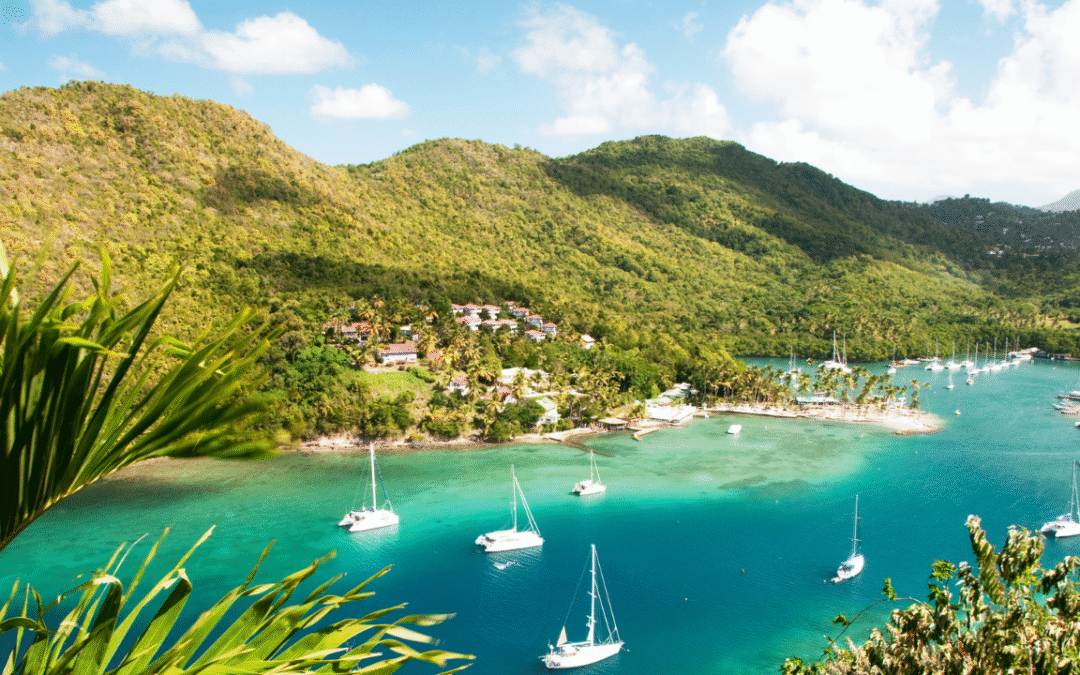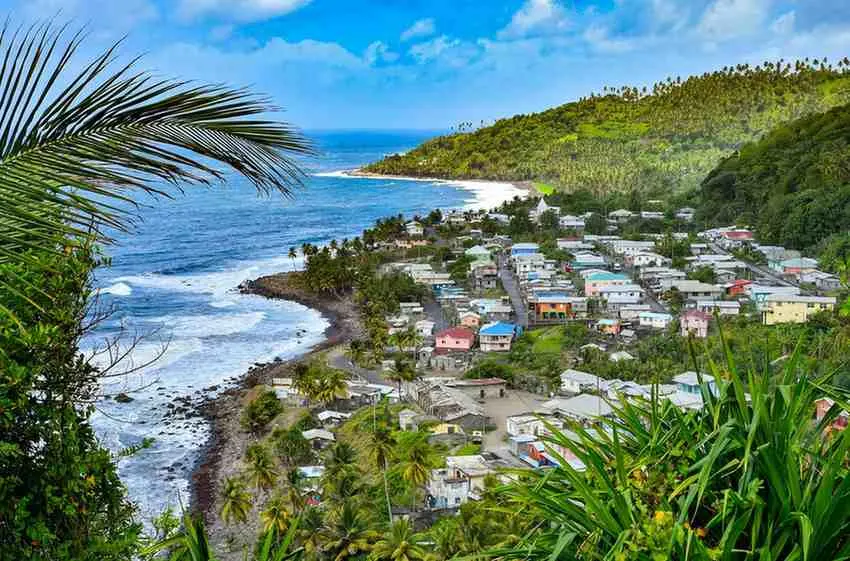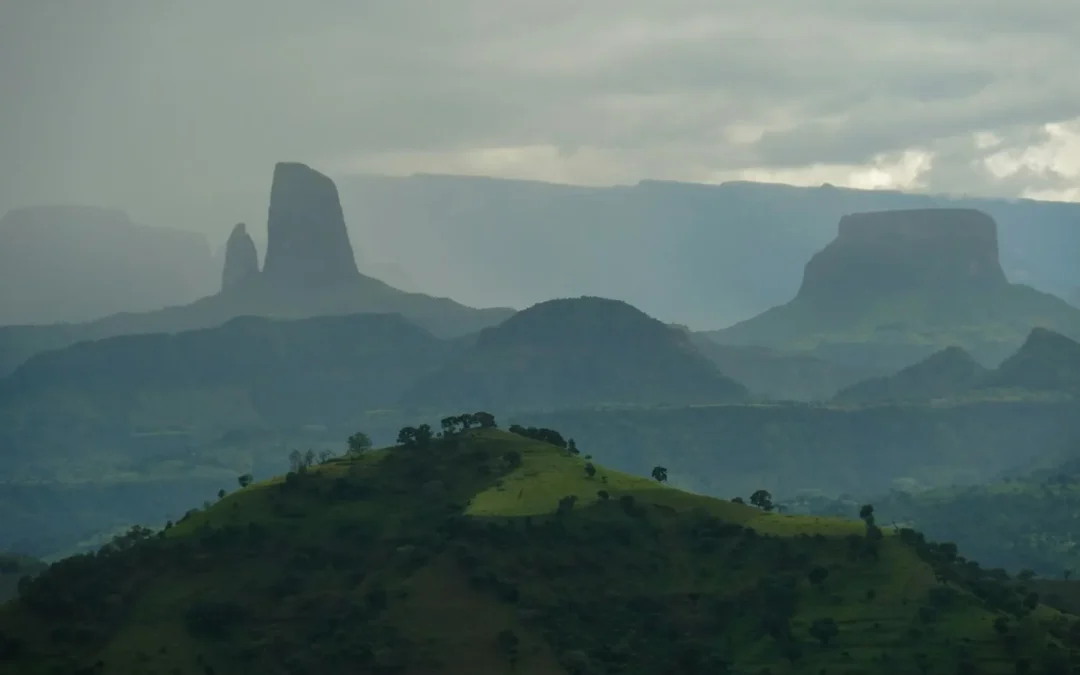When to Experience Iceland’s Magic
Best Time to Visit Iceland: Let me tell you about Iceland – this isn’t your typical vacation spot. This is where fire meets ice, where the sun stays up all night in summer and barely shows its face in winter. I’ve visited during different seasons, and each trip felt like exploring a completely different country. When you choose to go changes everything about your experience.
Summer Under the Midnight Sun

Endless Daylight Adventures
I remember my first July night in Reykjavík. I was sitting in a hot tub at 11 PM with bright sunlight still warming my face. That midnight sun gives you endless days to explore waterfalls, hike glaciers, and drive the Ring Road without watching the clock. Everything stays open – all tours operate regularly, and you can camp anywhere without freezing.
Summer Crowds and Costs
But here’s the reality: everyone knows how amazing Icelandic summers are. Hotel prices triple, popular spots require bookings months ahead, and you’ll share stunning waterfalls with busloads of visitors. The Ring Road feels crowded, and finding peaceful moments takes planning.
Winter’s Northern Lights Magic
Aurora Chasing
From September through March, darkness brings magical northern lights. I’ve stood on black sand beaches watching green ribbons dance across the sky – worth every minute of cold. Winter means fewer tourists and better prices. You can find good accommodation deals and experience Iceland’s cozy coffee shop culture.
Winter Challenges
December daylight lasts only 4-5 hours. Driving conditions turn dangerous quickly, and weather changes instantly. I’ve been caught in sudden blizzards that closed roads for days. This isn’t a season for casual travelers – it requires serious preparation.
Shoulder Season Secrets
Spring and Autumn Magic
Last September, I had the Golden Circle mostly to myself with 12 hours of daylight. The weather was cold but manageable, northern lights began appearing, and I didn’t need to book everything months ahead. May offers melting snow revealing green landscapes and returning birds without summer crowds.
Shoulder Season Considerations
Some roads stay closed in April, and September weather can be unpredictable. But for photographers and those seeking balance, shoulder seasons are Iceland’s best-kept secret.
Regional Differences
South Iceland
Most accessible year-round but most crowded. Milder temperatures but more rain.
Westfjords
Remote and rugged. Often impossible to reach in winter but stunning in summer.
North Iceland
Best for northern lights viewing. Colder but clearer skies.
Highlands Interior
Only accessible June-September. Requires 4×4 vehicles and adventure experience.
Monthly Conditions Guide
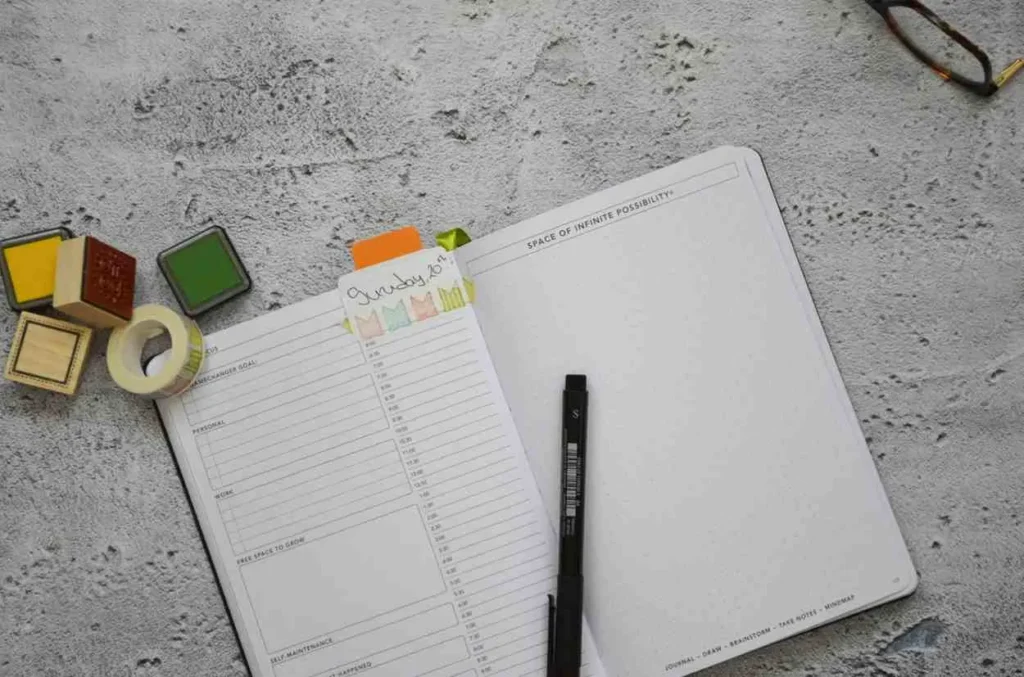
Deep Winter (December-February)
- 4-5 hours daylight daily
- Best northern lights viewing
- Bitter cold temperatures
- Frequent road closures
- For serious aurora chasers
Spring (March-May)
- Days gradually lengthen
- Snow begins melting
- Wildlife returns
- Still quite cold
- Ideal for photographers
Summer (June-August)
- Midnight sun phenomenon
- All areas accessible
- Warmest temperatures
- Highest prices
- Largest crowds
- Best for first-timers
Autumn (September-November)
- Days gradually shorten
- Northern lights return
- Fewer tourists
- Lower prices
- Excellent balance
Special Activity Timing
Northern Lights
Need complete darkness and clear skies. Best September-April. New moon weeks are darkest.
Midnight Sun
Peaks in June. Bring an eye mask and prepare for 24-hour daylight.
Whale Watching
Best June-August. Some operators run year-round in sheltered areas.
Puffins
May-August only. They leave Iceland entirely in winter.
Ice Caves
November-March only. Summer makes them unstable.
Choosing Your Time
First-time Visitors
June-August for accessible roads and reliable weather.
Photography Enthusiasts
April-May or September-October for best lighting.
Northern Lights Chasers
September-March despite challenging conditions.
Adventure Seekers
June-September for highlands access.
Budget Travelers
April-May or September-October for lower prices.
Packing Essentials
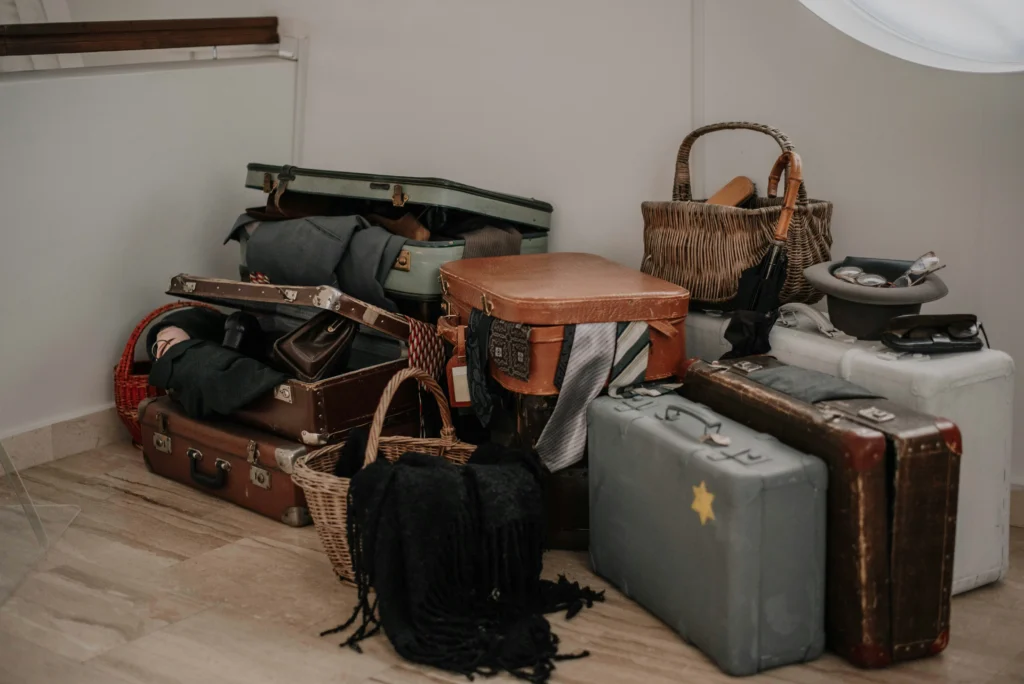
Summer Must-Haves
- Waterproof layers
- Hiking boots
- Swimsuit
- Sleep mask
- Camera gear
Winter Necessities
- Thermal layers
- Waterproof outerwear
- Ice cleats
- Warm accessories
- Emergency supplies
Shoulder Season
- Everything from both lists
- Multiple clothing options
- Weather-resistant gear
Practical Tips
Booking Advice
Reserve popular accommodations months ahead. Check cancellation policies carefully.
Weather Awareness
Always check weather and road conditions. Conditions change from sunny to stormy in minutes.
Driving Precautions
Never underestimate road conditions. Winter driving requires extreme caution.
Local Customs
Thermal pools are cultural hubs. Shower thoroughly before entering.
Safety First
Always inform someone of your plans. Carry emergency supplies.
Making Your Decision
For Guaranteed Access
Choose summer (June-August). You’ll pay premium prices but avoid weather disappointments.
For Northern Lights
Select winter (September-March). Prepare for challenging conditions and limited daylight.
For Value and Balance
Pick shoulder seasons (April-May or September-October). Enjoy reasonable prices and decent conditions.
For Photography
Spring and autumn provide the best light and dramatic skies.
Final Thoughts
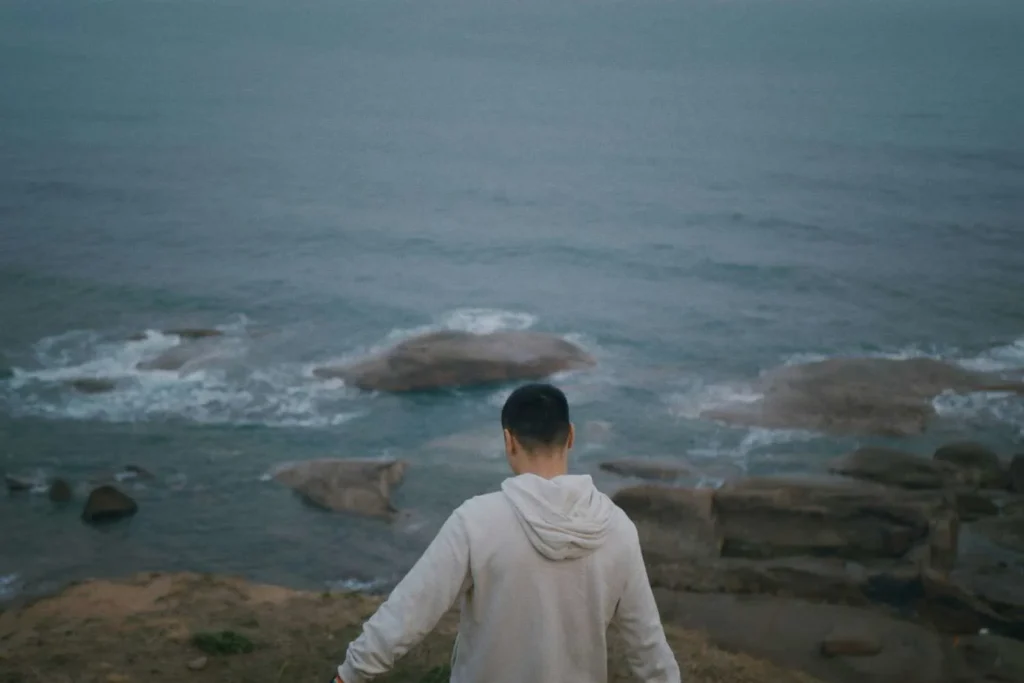
Iceland rewards those who embrace its wild nature. Each season offers different experiences. Summer provides accessibility, winter offers magical lights, and shoulder seasons deliver balance.
Pack your patience with waterproof gear. Learn to check weather forecasts and always have backup plans. Come ready to accept Iceland on its own terms.
This incredible island gets under your skin. However you choose to visit, you’ll understand why it captures hearts. The raw landscapes and warm people make every visit worthwhile.

